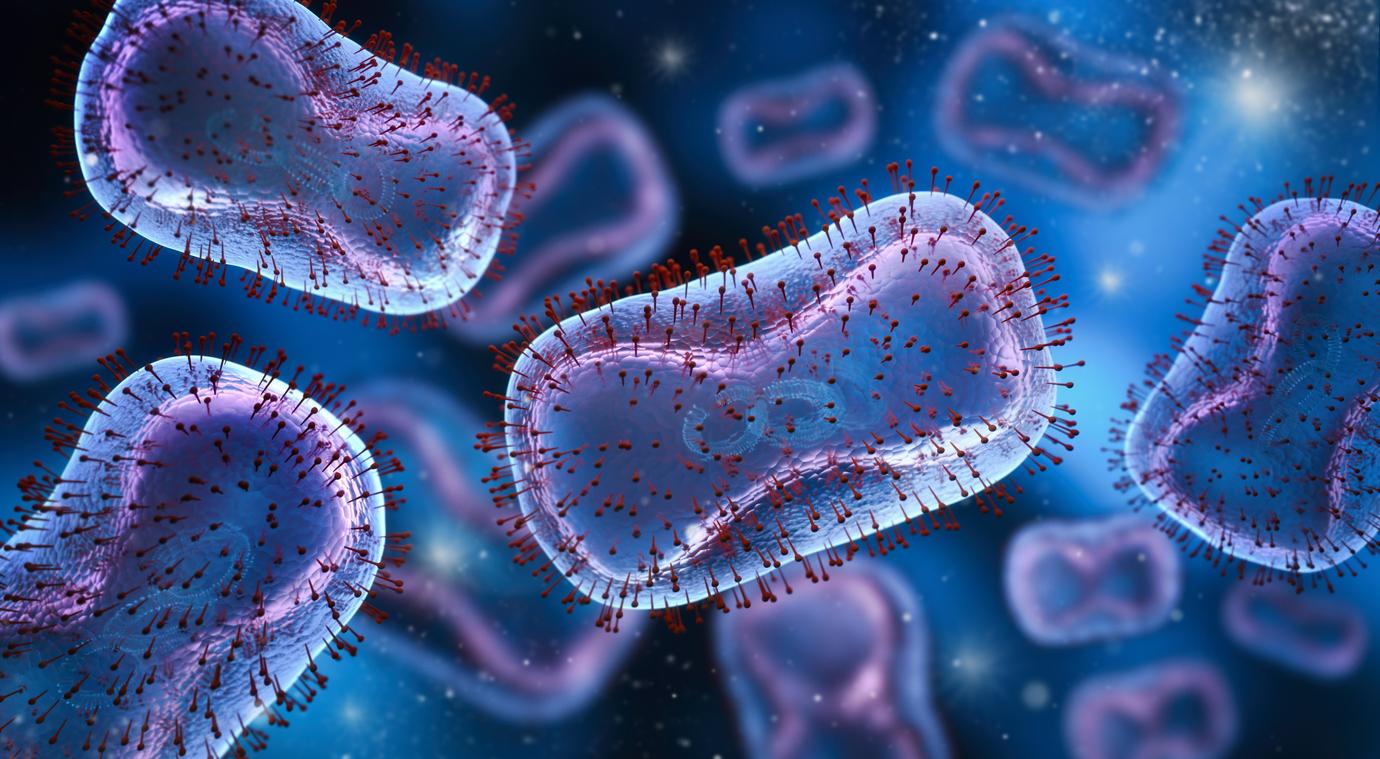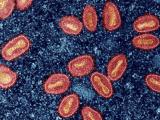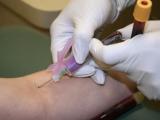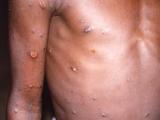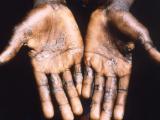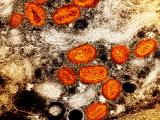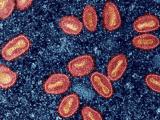Today in Morbidity and Mortality Weekly Reports, US researchers reported that people who received either an intradermal or subcutaneous initial dose of the Jynneos mpox vaccine had similar series completion rates.
The study was based on information gathered from the California Department of Public Health, and looked at Californians who received their first dose of Jynneos between August 9, 2022 and March 31, 2023.
The rate of series completion of two doses was similar for intradermal or subcutaneous administration, at 60.2% and 58.8%, respectively, the authors said.
Completion was highest among non-Hispanic White persons (64.1%) and people aged 65 years or older (72.6%), the authors said. Only 42.9% of those aged 18 to 24 years completed the series, and only 51.3% of Black vaccine recipients had two complete doses of the vaccine.
"Odds of series completion across all race and ethnicity groups, persons aged 18–64 years, community health conditions, and persons assigned male sex at birth were not greater when the first dose was administered subcutaneously compared with intradermally," the authors said.
In total, among 119,345 first doses of Jynneos administered in California since August 9, 2022, 83,483 (70.0%) were administered by the intradermal route and 35,862 (30.0%) by the subcutaneous route.
The study showed that despite worries, the reactogenicity of intradermal injections, which can cause more swelling and irritation at the injection site, did not hinder vaccine completion.
Maryland man in 2021 offers clues to mpox outbreak
In another mpox study published today in Travel Medicine and Infectious Disease, authors found clues as to how the 2022 global outbreak of the virus began in a case from a man in Maryland who contracted the virus in November of 2021.
At the time, the man's case was only the eighth mpox infection diagnosed in a non-African country during the preceding 3 years. All of those cases were linked to recent travel to Nigeria.
However, this man's symptoms were not like those typically described in Africa or among other travel-acquired cases. Instead of large and diffuse lesions, high fever, and prodromal symptoms, the man had a much less severe course of illness and was defined by anal pain and only a few painful pustules. The man never had fever or prodromal symptoms.
This MPXV genome displayed a high similarity to, and shared many unique mutations with, what was later identified as the predominant circulating mpox genome during the 2022 global outbreak.
The man presented to an urgent care and emergency room where physicians considered mpox because of the recent travel to Nigeria, but also molluscum contagiosum virus or varicella zoster virus because of the atypical presentation. The man improved within 24 hours of intravenous acyclovir.
"During routine sequencing of mpox viral genomes, CDC [Centers for Disease Control and Prevention] found that the Maryland mpox genome was distinct from previously sequenced travel-associated mpox," the authors wrote. "This MPXV genome displayed a high similarity to, and shared many unique mutations with, what was later identified as the predominant circulating mpox genome during the 2022 global outbreak."
The patient did not report any recent sexual contact or behavior, and self-isolated at home for 2 weeks. The authors of the study said there is no evidence he spread the virus to anyone else during his illness.
